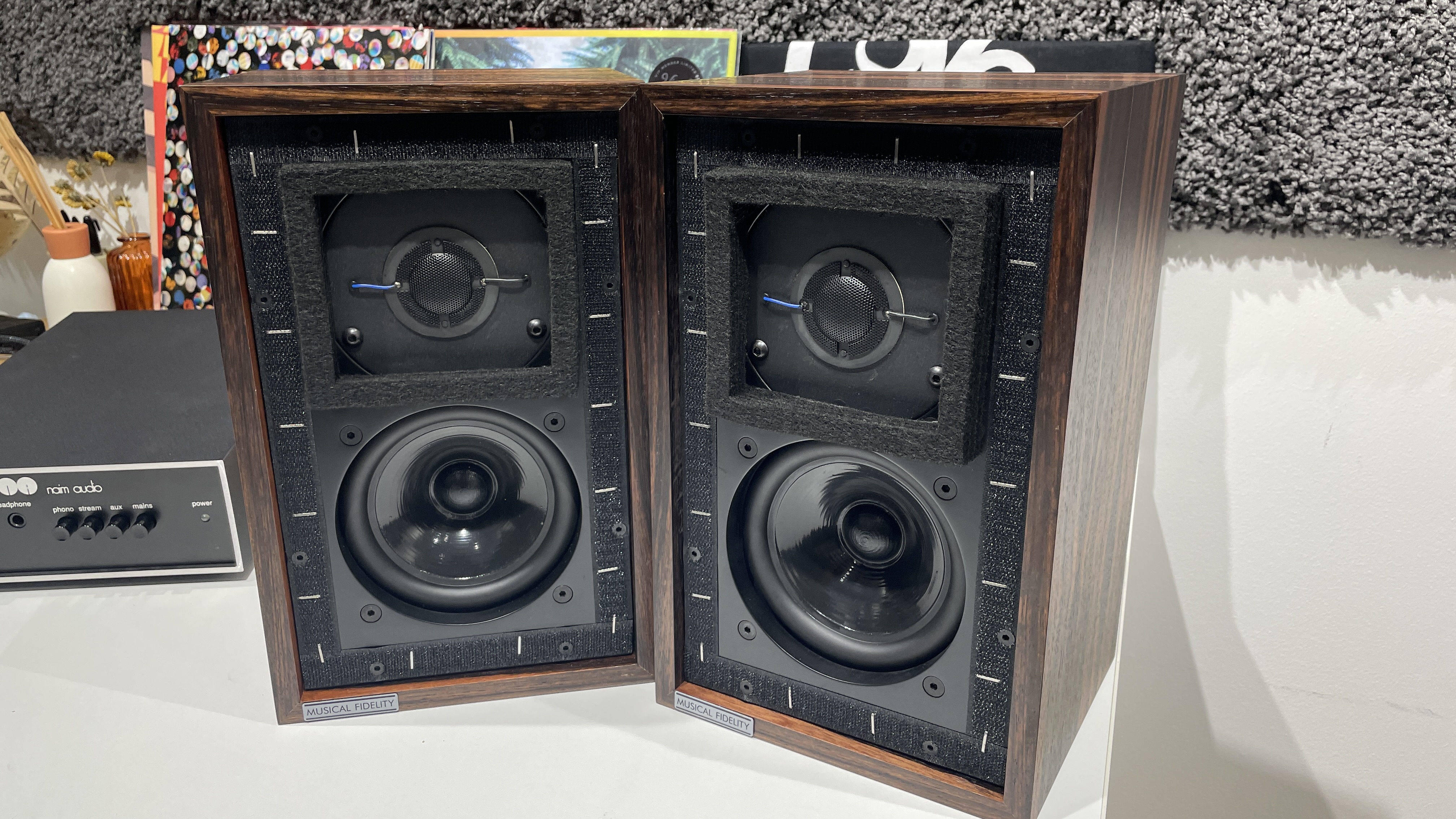
The LS3/5A were never meant to be heard by the public. The iconic BBC speakers were born out of the broadcaster's research and development department in the 1970s, whose engineers were tasked with designing and creating broadcasting equipment that the BBC needed but couldn’t source from external suppliers.
In this instance, they were after highly accurate small monitors that could be used in the limited space inside the outside broadcast vans.
The BBC decided that nothing commercially available at the time was good enough for their needs, so the engineering division invested in a huge amount of research to find out what makes a good sound in speakers. Various speaker models were tested in scale model sizes, and that's how the renowned LS3/5A came to be.
Until this point, the concept of a small hi-fi speaker didn’t exist. You’re looking at fairly large cabinets for your average speaker before the 70s; the LS3/5A were attempts to get very high-quality sound out of shoebox-small nearfield monitors. Many of history's successful small speakers, such as the Linn Kan, numerous Spendor models, Harbeth speakers and the Neat Petite, to give only a handful of examples, owe their existence to these original LS3/5A speakers.
The BBC never actually made these speakers themselves. The corporation licensed out the specifications to various manufacturers, including Rogers Hi-Fi, Falcon Acoustics, Chartwell, Goodmans, Stirling, KEF and Spendor, while other brands, such as Musical Fidelity’s versions that we have been able to listen to, are inspired by those original R&D specs.
BBC’s research & findings: what makes a good-sounding small speaker?
What were the principles that came out of the BBC’s sound research? Firstly, they discovered that making a very rigid cabinet wasn’t very good for sound. If you make a box that’s too rigid, the resonance frequency – i.e. the frequency at which the cabinet resonates – keeps rising, falling into the midrange area where you’re more likely to hear its effect. Instead, if you make a less rigid box that’s heavily damped, it will resonate at much lower, bass frequencies, where the human ear is far less sensitive.
So the BBC decided to use cabinets with thin flexible walls and damp them heavily inside to move the resonance frequencies to the lower bass. The original LS3/5 speaker designs started with 9mm walls but changed to the now standard 12mm walls made of birch ply. The result? A lovely midrange, with a slightly plump bass.
The front and back panels of these early designs were also fixed with screws rather than glue, and this allows for a small amount of flex, compared with the more rigid design when the baffle is glued on.
We move on to driver material. At the time, paper cones dominated driver designs in speakers, but the BBC wanted to use a material that also didn’t ring or resonate as much and could be damped down. New plastics such as Bextrene and polypropylene were invented during this time, and they had exactly the light and rigid properties that the Beebs' engineers were looking for.
The drivers in the original LS3/5A were a 110mm Bextrene mid/bass driver and a 19mm Mylar tweeter dome. These were originally made by KEF (T27 unit for the tweeter, B110 for the mid/bass cone) but are no longer in production. These days, you can buy various close-to-original reproduced parts of the LS3/5A speaker sold by Falcon Acoustics – a hi-fi brand founded by Malcolm Jones, a senior engineer at KEF who worked on those original drivers used in the BBC’s LS3/5a. (Hints of KEF’s BBC link are still present in the naming convention of their speakers today, from the LS50 standmount to the LSX wireless speaker systems.) The result of using a damped Bextrene cone? A really smooth sound, but it came at the expense of the punch and attack you tend to get with paper cones.
Thirdly, the LS3/5A is a small box, about the size of a shoebox. It has a five-litre cabinet volume with a small driver. It does deliver bass, but not a huge amount of it. The engineers introduced a small hump in the frequency response, at around the 100Hz mark – it’s not too deep, but this was to highlight any low-frequency problems or hums during the recording or transmission of a broadcast. It’s why, when listening to the Musical Fidelity LS3/5A, we found the amount or impact of bass changing from song to song – it depends on whether the song hits that 100Hz bump. This effect also adds richness to the voices, and it’s why the midrange sounds so full and appealing on these speakers.
Remember, these speakers were originally designed to monitor broadcasts in mobile units, with accurate reproduction of human voices, in particular, being the focus. The LS3/5A were only ever meant to be used by internal studio professionals – not for music or at-home listening. The other advantage of having screwed-on front and back panels was that the BBC pros could unscrew the baffle and quickly change the driver or components in case anything was faulty.
From research to reality: LS3/5A tech specs
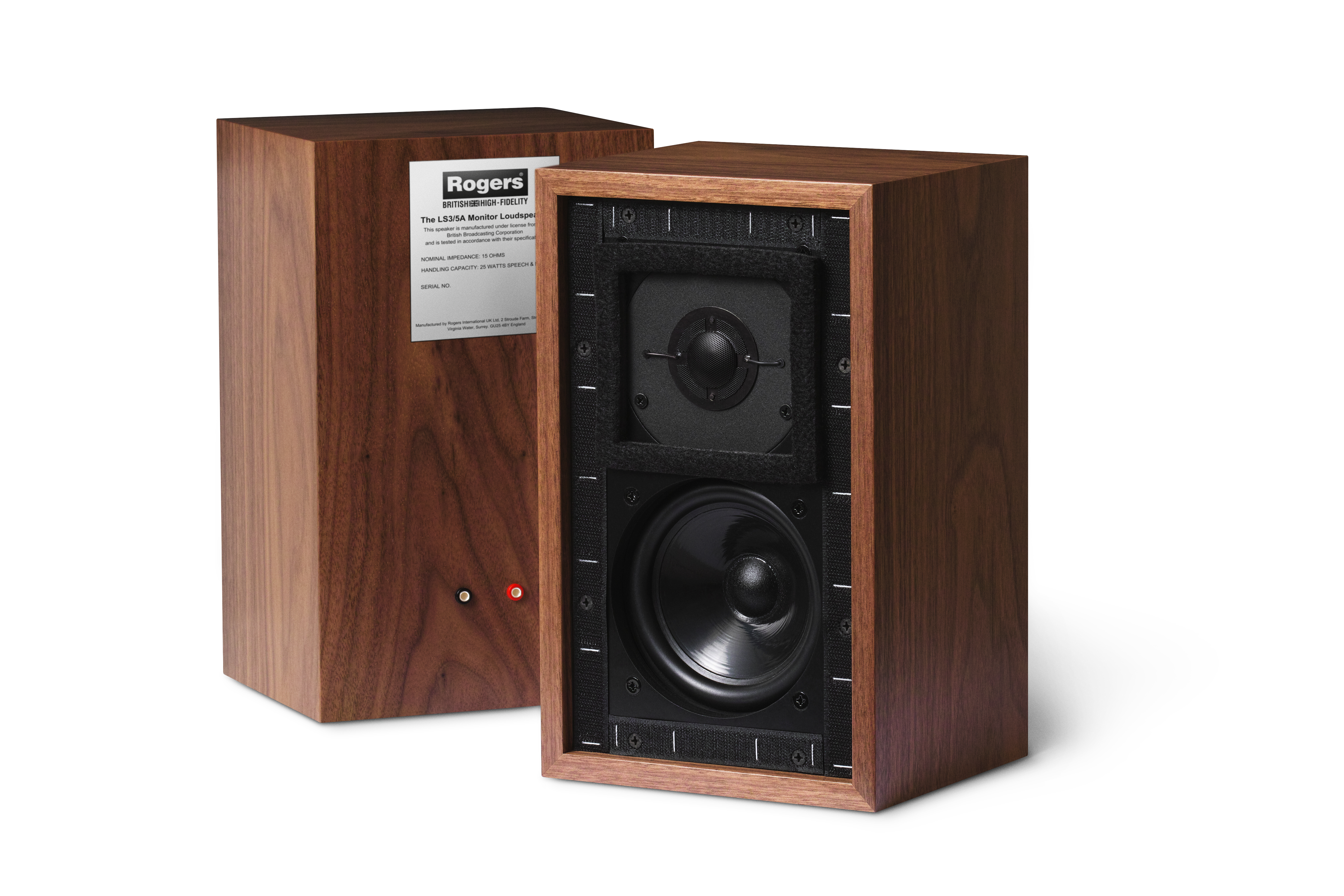
The problem, if you can call it that, was that hi-fi enthusiasts who came upon the speakers really liked the way they sounded. Of the few models made available at the time, they quickly gained a reputation for their sonic talents, especially from such small speakers. And so it ignited not just a decades-long fascination with these original BBC speakers, but inspired many audio engineers to make their own small speakers – and they've never looked back since.
There are variations and versions of the LS3/5A models made, which is why you might find small differences in the specs of the LS3/5A speakers throughout the years.
But the essentials are: it’s a two-way closed-box design, with a 19mm tweeter and a 110mm mid/bass cone (although Falcon uses a 138mm cone), with a birch ply cabinet. The compact dimensions of the speaker measure 305mm x 190mm x 165mm (hwd). Early LS3/5A models were 15 ohm designs, while later ones were 11 ohm or 8 ohm designs. The frequency response measures 80Hz-20KHz (+/-3dB) and the crossover frequency is 3kHz. The weight of the speakers can range between 4.9kg to 5.5kg each today, while a variety of cabinet finishes are available depending on the manufacturer.
The basic sonic character of the speakers, however, remains the same.
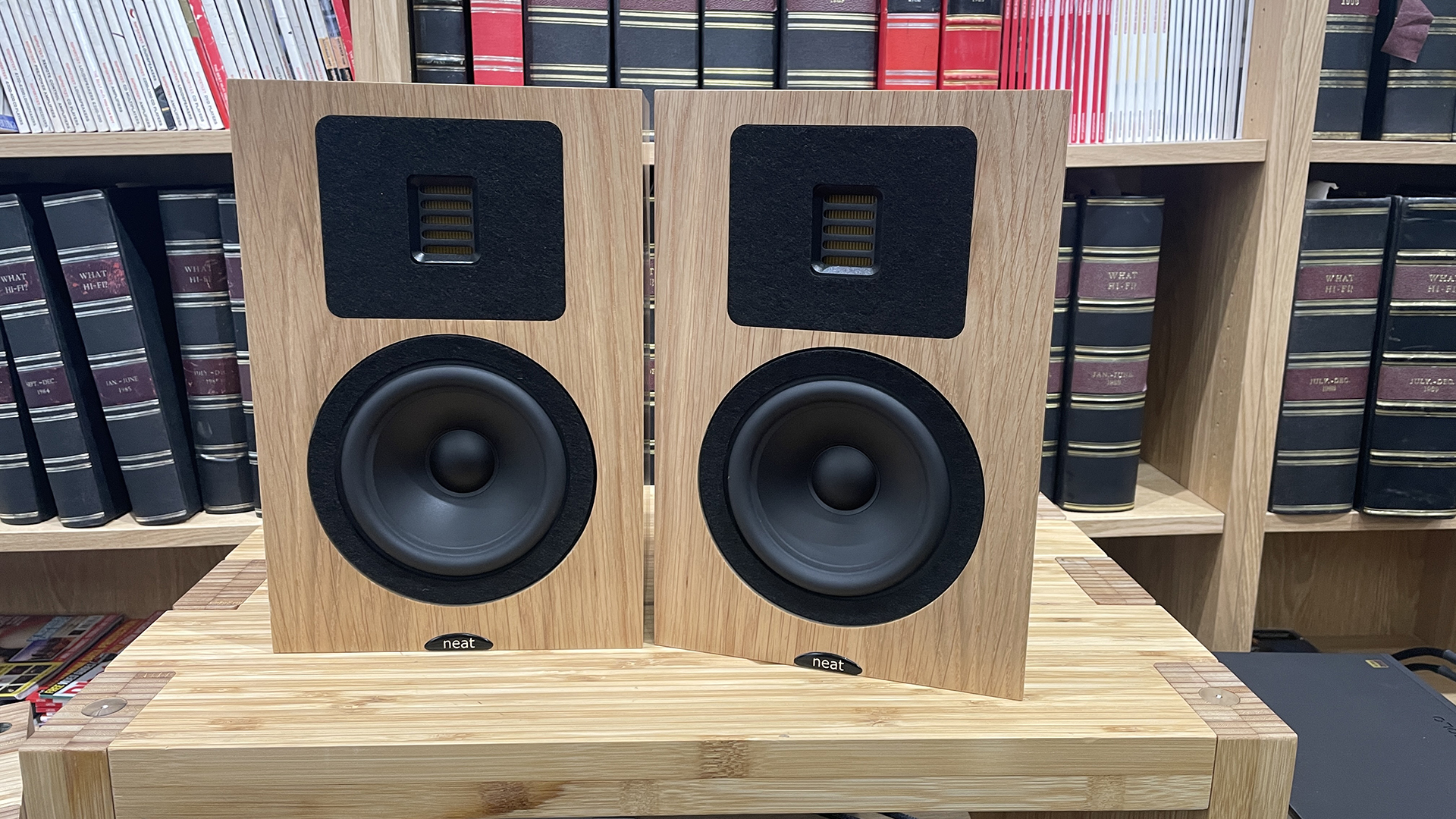
It was this engineering research and subsequent speaker design that, in the UK at least, originated the idea of high quality small speakers that have been prevalent ever since. Small standmounters from PMC, Spendor, Linn, ATC, Epos, Wharfedale and many more can all trace their origins (and in many cases, the speaker engineer’s inspiration) back to the BBC, and while they don’t necessarily copy the same design principles as the BBC’s, we can find the fingerprints of the LS3/5A present in modern speakers.
More recent examples include the Bowers & Wilkins 607 S3 (which have the near-exact-same compact dimensions) and the Neat Petite Classic (which prove you can have astonishing high-fidelity sound from tiny speakers).
Musical Fidelity LS3/5A: build & design
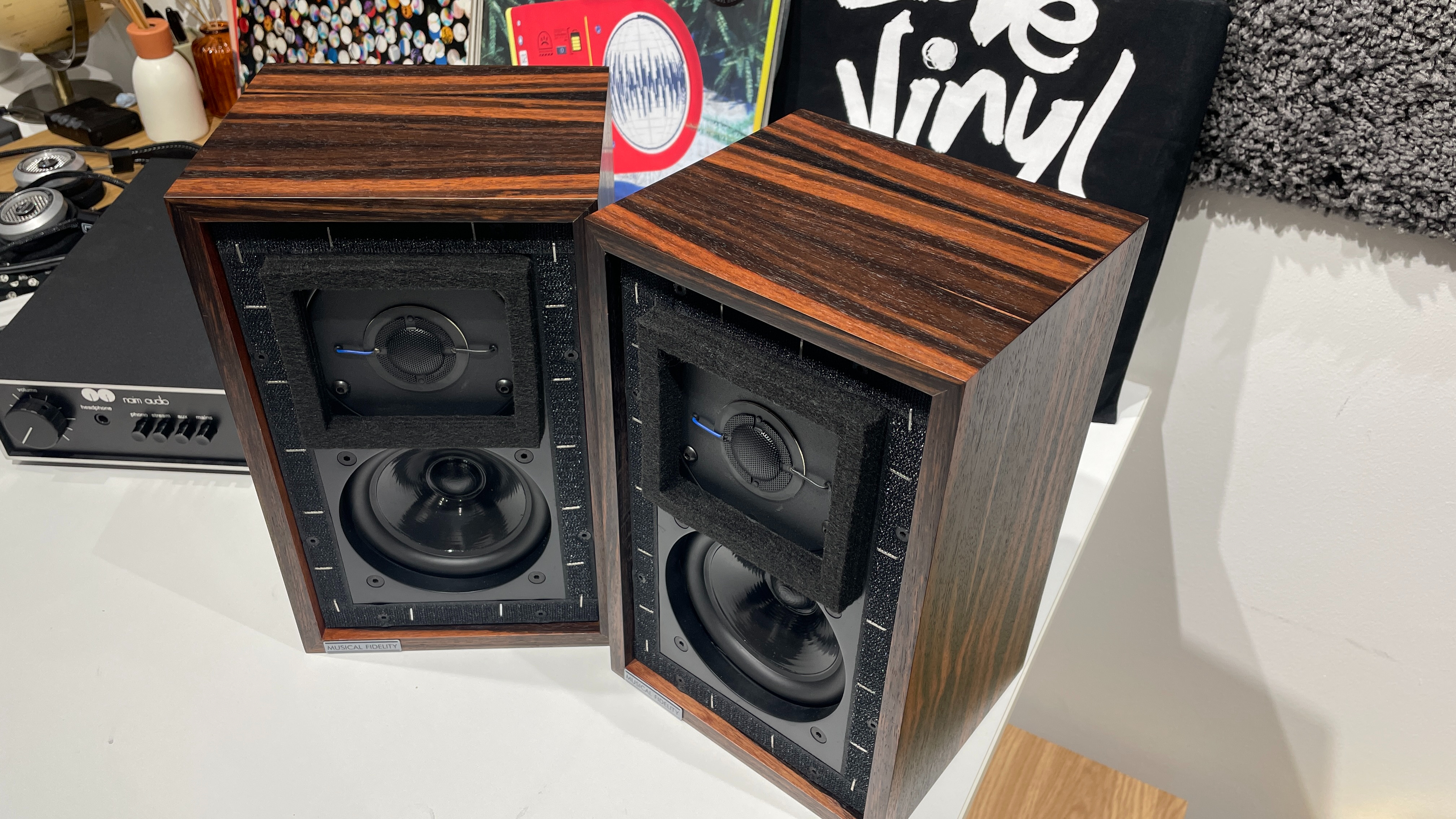
We haven’t been lucky enough to listen to the more reportedly faithful LS3/5A reproductions made by Rogers and Falcon Acoustics at any length of time, but we did spend several weeks with the new Musical Fidelity LS3/5A – not for a review, but for our own curiosity about what these LS3/5A-inspired speakers sound like. They were unveiled at High End Munich 2023 alongside the Musical Fidelity A1 integrated amplifier, a reimagined icon from the 80s. The speakers aren’t officially licensed by the BBC but are “manufactured according to the BBC R&D design 1976/29”
and adhere to the basic essential specifications we know so far. Ultimately, they are designed to deliver the original’s sonic signature.
Type Two-way, closed-box standmounts
Drivers 19mm tweeter; 110mm mid/bass driver
Frequency response 80Hz-20KHz (+/-3dB)
Nominal impedance 15 ohms
Sensitivity 82.5dB/W/M
Recommended amplifier 20-150W
Cabinet 12mm birch plywood
Dimensions (hwd) 30.5 x 19 x 16.5cm
Weight 4.9kg (each)
Finish Palisander veneer
In person, it’s hard not to be charmed by the way these LS3/5A speakers look. The cabinet looks modest but is built and finished to a very high quality. It feels reassuringly solid and the finish in this particular Musical Fidelity edition is a rather lovely Palisander wood veneer, with darker black streaks running through the rich warm wood than a traditional Rosewood.
Contrasted against that are the functional drivers and utilitarian front panel. As with the originals, foam squares surround the tweeter to help damp reflections, while the velcro strips around the baffle edges are stapled on – and they’re not all entirely straight. The grilles that come with the speakers are plain enough and attach via velcro, but we leave them in the box during our time with them.
Next to the minimalist, sleek aesthetic of modern-day speakers where it’s practically a faux pas to see any fixings or bolts visible on the speaker’s fascia, the staples, foam and velcro of the LS3/5A are almost laughably workmanlike – but the speakers have their charm and we find ourselves endearing to them quickly.
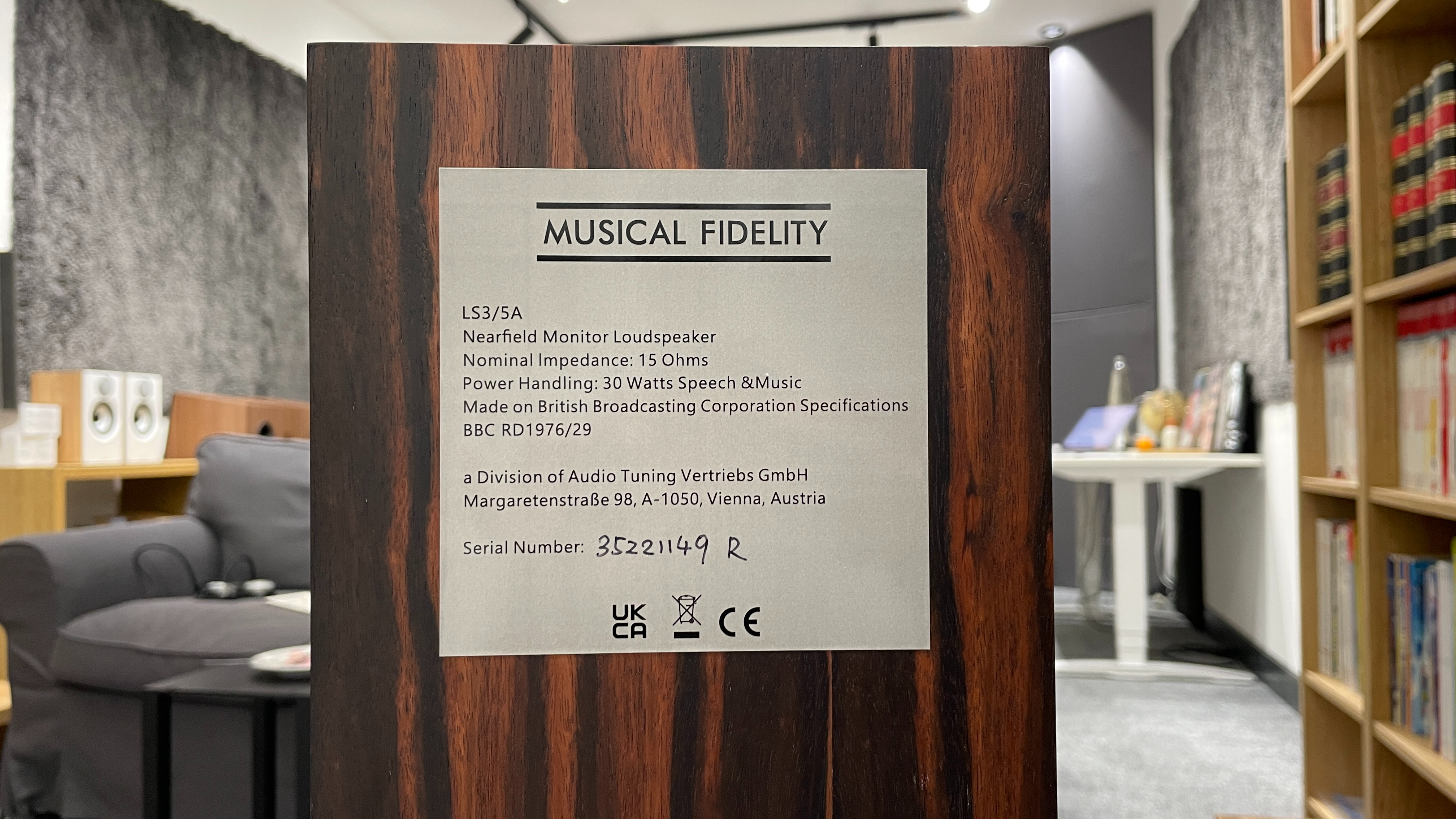
The small footprint really is small. Measuring 30.5 x 19 x 16.5cm (hwd), the speakers can as easily be perched on desks and shelves as on dedicated speaker stands. As with most compact standmounters we test today, these speakers are easy to accommodate for small spaces, given time to run in and with care taken to position them well.
Musical Fidelity LS3/5A: sound quality
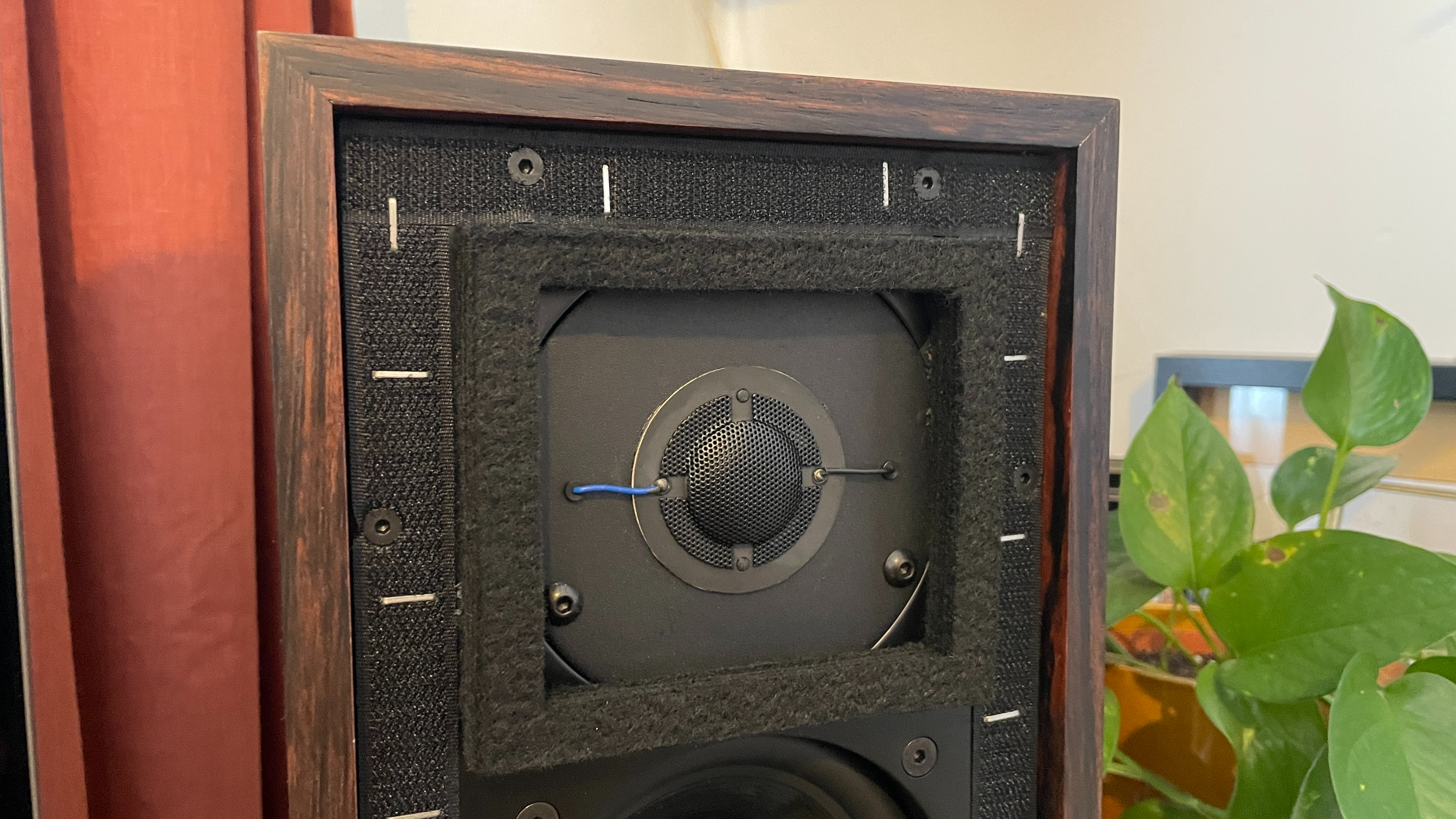

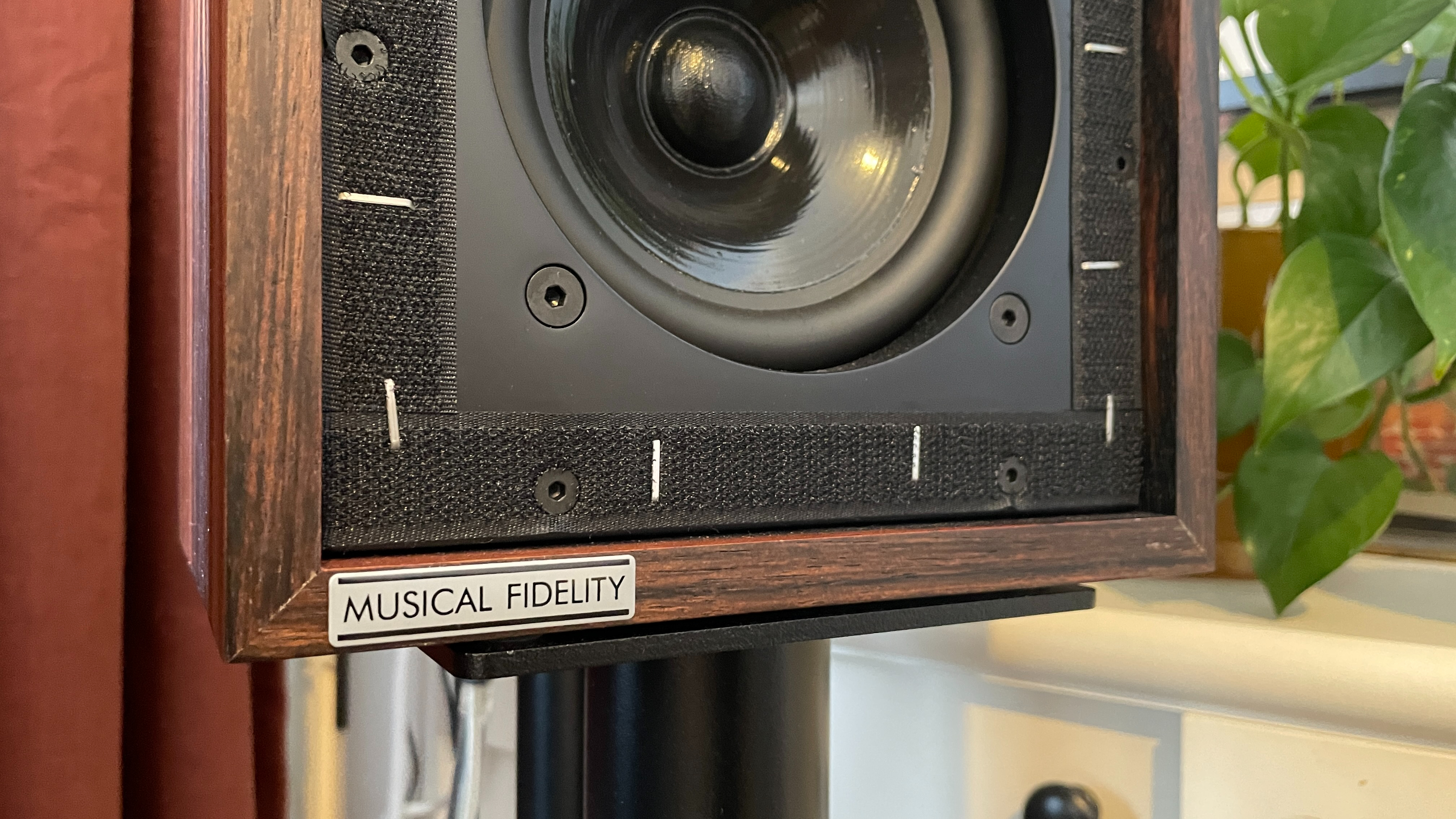
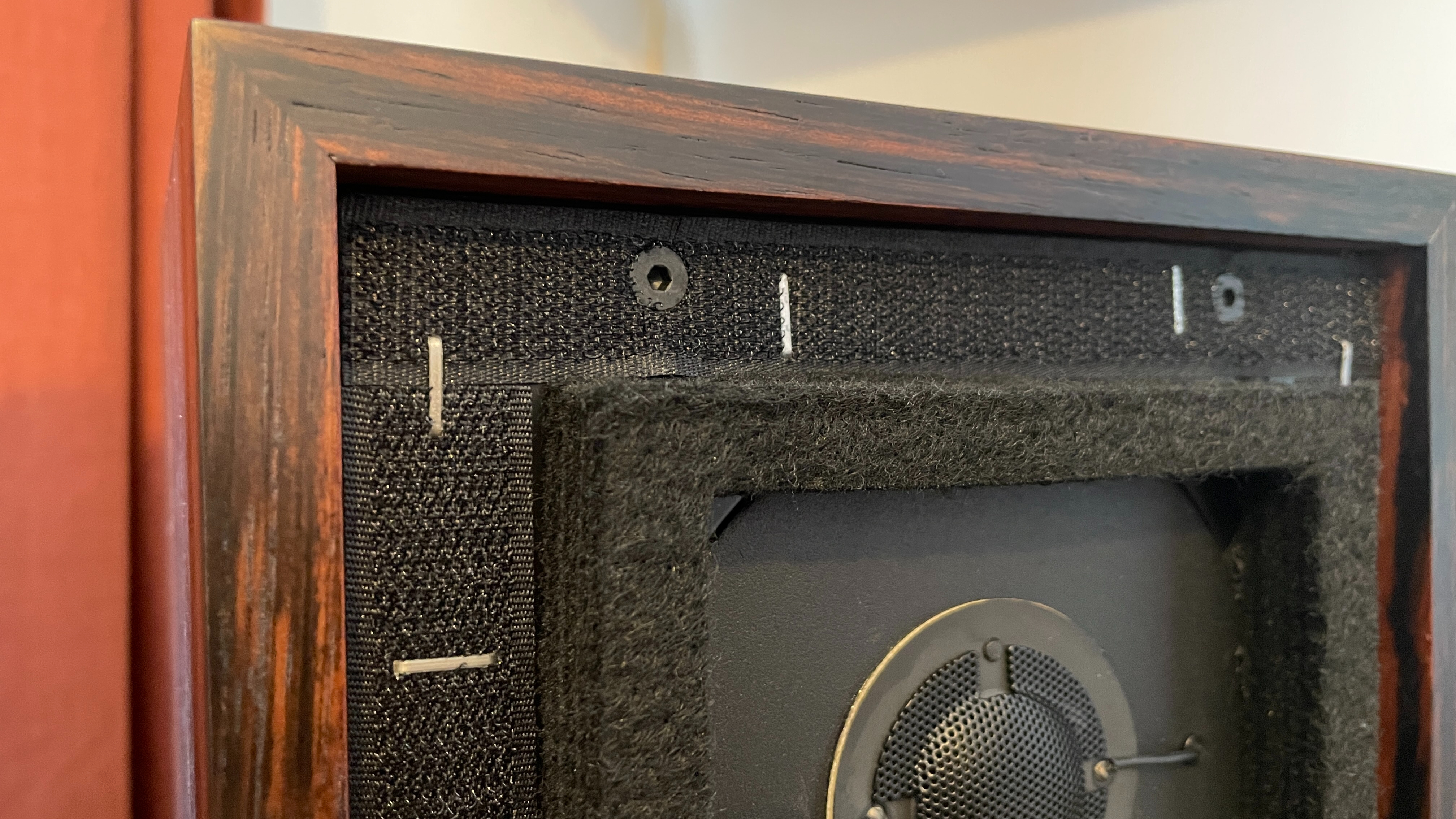
If the quality of the midrange, and how your hi-fi system reproduces and handles voices, is of utmost importance to you, then you might well fall in love with the LS3/5A. While not all-rounders and certainly flawed in some areas, they have a wonderfully natural way with voices.
When we spoke to Andy Whittle of Rogers Hi-Fi in 2021, he said that the BBC speakers’ sound is “all about the vocal and the voicing. If it’s for an outside broadcast van and they are mixing, the vocals have to be 100 per cent spot on. If you get that right in the critical mid-band, the bass and top aren’t so critical. Get it right and you’re pretty much home and dry.”
And that's exactly what we hear. The midrange is undoubtedly the star of the show here; voices, no matter in what song of what genre or recording quality, are delivered with a beautiful, natural quality that makes these speakers rather enchanting to listen to.
Agnes Obel’s ethereal singing on her Aventine album shines through with delicacy and sweetness. Voices have character and texture; we cycle through Nick Cave, Taylor Swift, Bon Iver, Eminem, Portishead and more, and we don’t tire of listening to how well the LS3/5A relay every distinct voice. Play through some of our favourite piano tracks (classics such as Gnossienne No.1, Clair du Lune, or even Evanescence’s My Immortal), and the notes glide along in a tuneful manner that delivers the core essence of each track.
The speakers sound clear and smooth, with no harsh or bright edges, and they’re a dab hand at relaying the differences in recording eras and tone of the song. Compared with modern speaker standards, their timing isn’t entirely accurate and they prioritise frequency response over subtle, sweeping dynamics. But somehow, they don’t sound boring.
Bassheads will undoubtedly miss the attack, scale and low-end prowess you don’t get with these petite speakers, but there’s a lovely quality to the sound it does deliver that keeps music-listening interesting.
That hump in the bass we mentioned before means it’s a lottery on when we'll hear an appropriately solid punch on songs. Outkast’s Ms Jackson was a limp bust; Eminem’s The Way I Am had surprising punch and intent. The bass on offer here is feather-light, but it is agile and nimble – Massive Attack's Angel isn’t anywhere near as deep and brooding as when heard through larger speakers, but it does make sense musically and hold our interest.
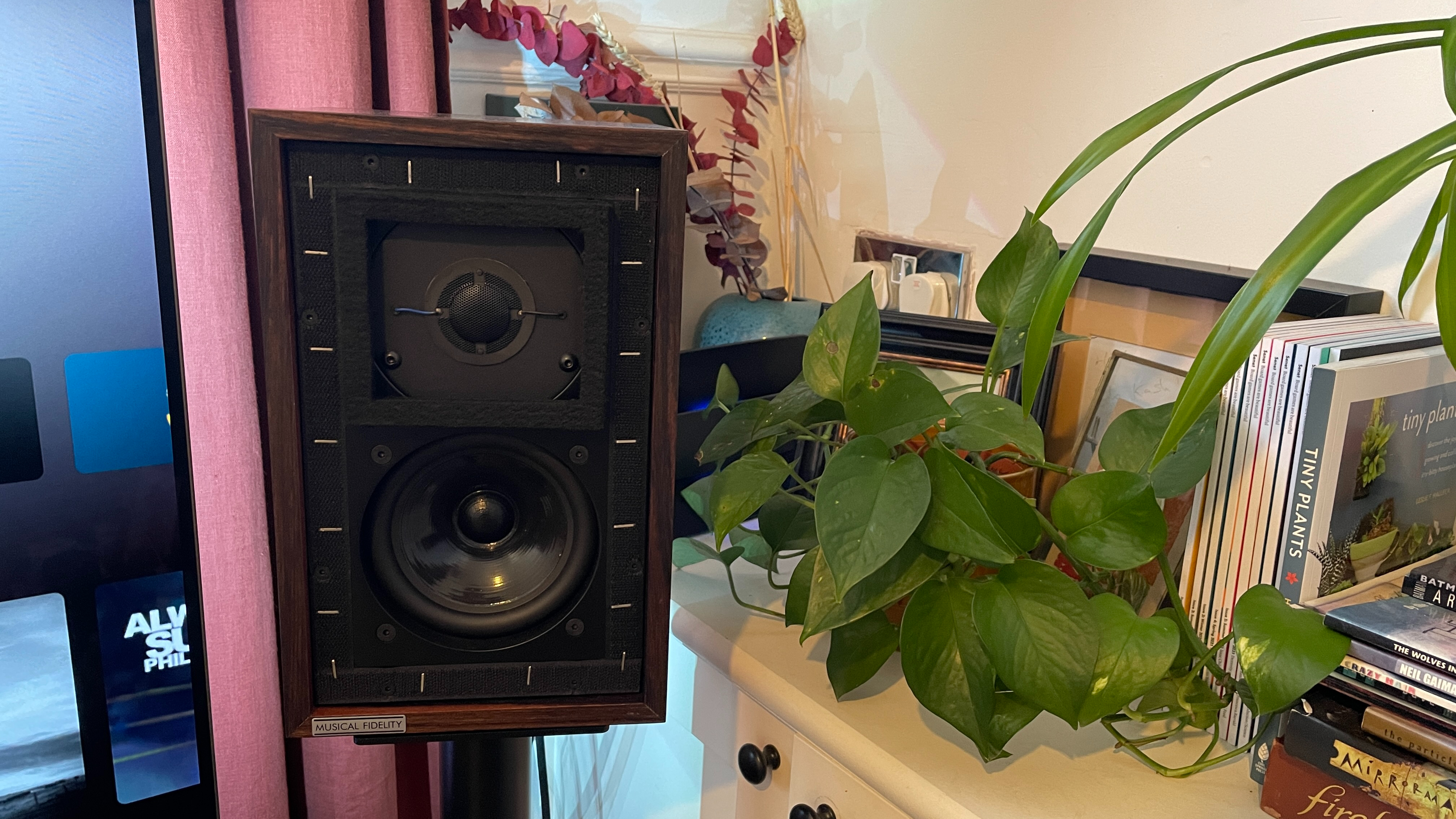
Play heavy metal songs or Run the Jewels tracks, and we miss the slam and solidity that modern speakers are more capable of delivering. We expected the same when playing the Jurassic Park Theme, but, while we’d love to hear more low end authority and drive to the strings, those tuneful French horns, the way the orchestra flows as one, and the gist of the piece – they all come through rather sweetly through these LS3/5A speakers.
The integration between the drivers is decent, and while they won’t fill a very large room, they cope just fine with medium to small rooms. It’s a more focused spread of sound than wide open, but the imaging is very good.
There is just something about these speakers – they’re not the best in all areas of sound quality, but the areas that they are good in are worth the effort. Such is their talent with midrange, voices and piano (amongst other instruments) that their drawbacks didn’t stop us from listening.
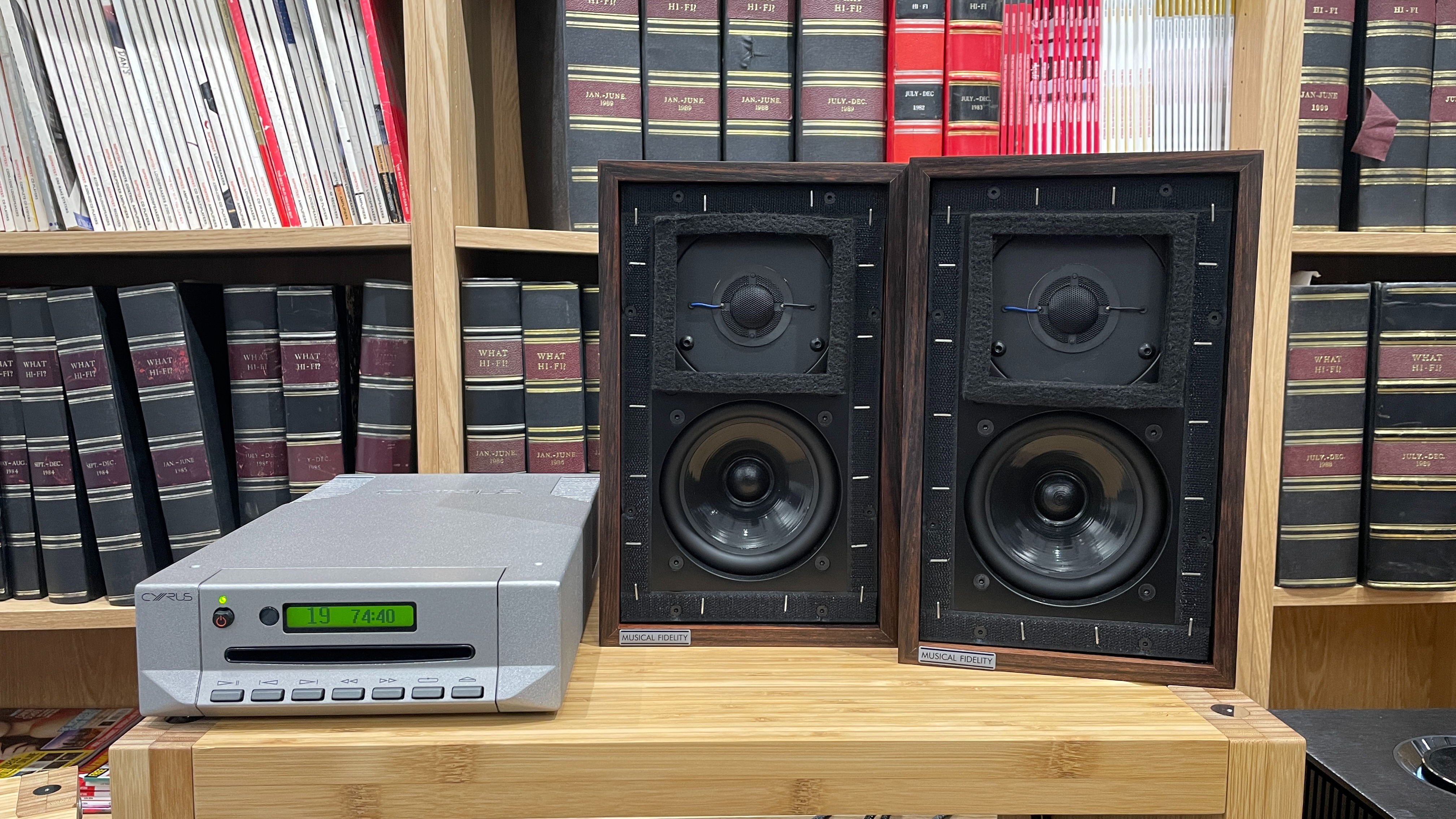
Partnering with the right amplifier is key
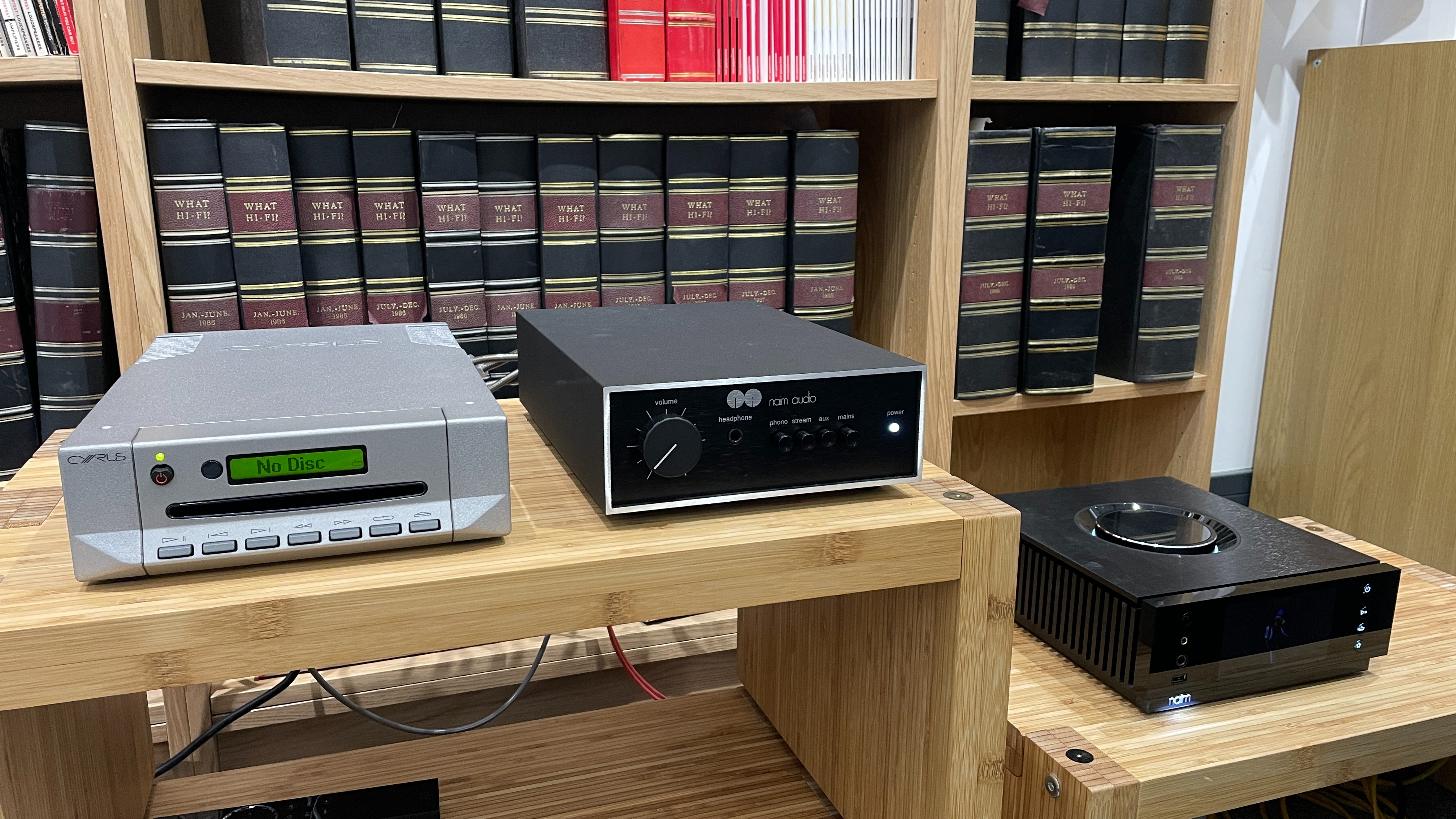
We listened to these speakers in our dedicated, acoustically treated test rooms, and I was also able to take them home to see how they would fare in a much smaller, normal living room space. We had music playing from our Naim Uniti Atom Headphone Edition streamer and Cyrus CDi CD player, as well as the more modest WiiM Pro Plus streamer.
Finding the perfect partnering amplifier that would complement the LS3/5A proved to be much trickier. We had a variety of stereo amplifiers in our test rooms at the time, so these speakers were plugged into our reference PMC Cor integrated, the Musical Fidelity A1, the limited edition Naim Nait 50, the Rega Brio and I also tried them with my mid-80s Mission Cyrus One amp at home.
The ones that stood out are the A1 and Cyrus One pairings. Despite how small the speakers are and how low-powered the Musical Fidelity A1 amp is, we were confronted with a surprisingly authoritative sound. This combination was big and confident, full-bodied and smooth, even despite the speakers’ fairly low sensitivity. There’s not a lot of attack or drive, but this pairing leans into the easy-listening character of the LS3/5A in a pleasing manner.
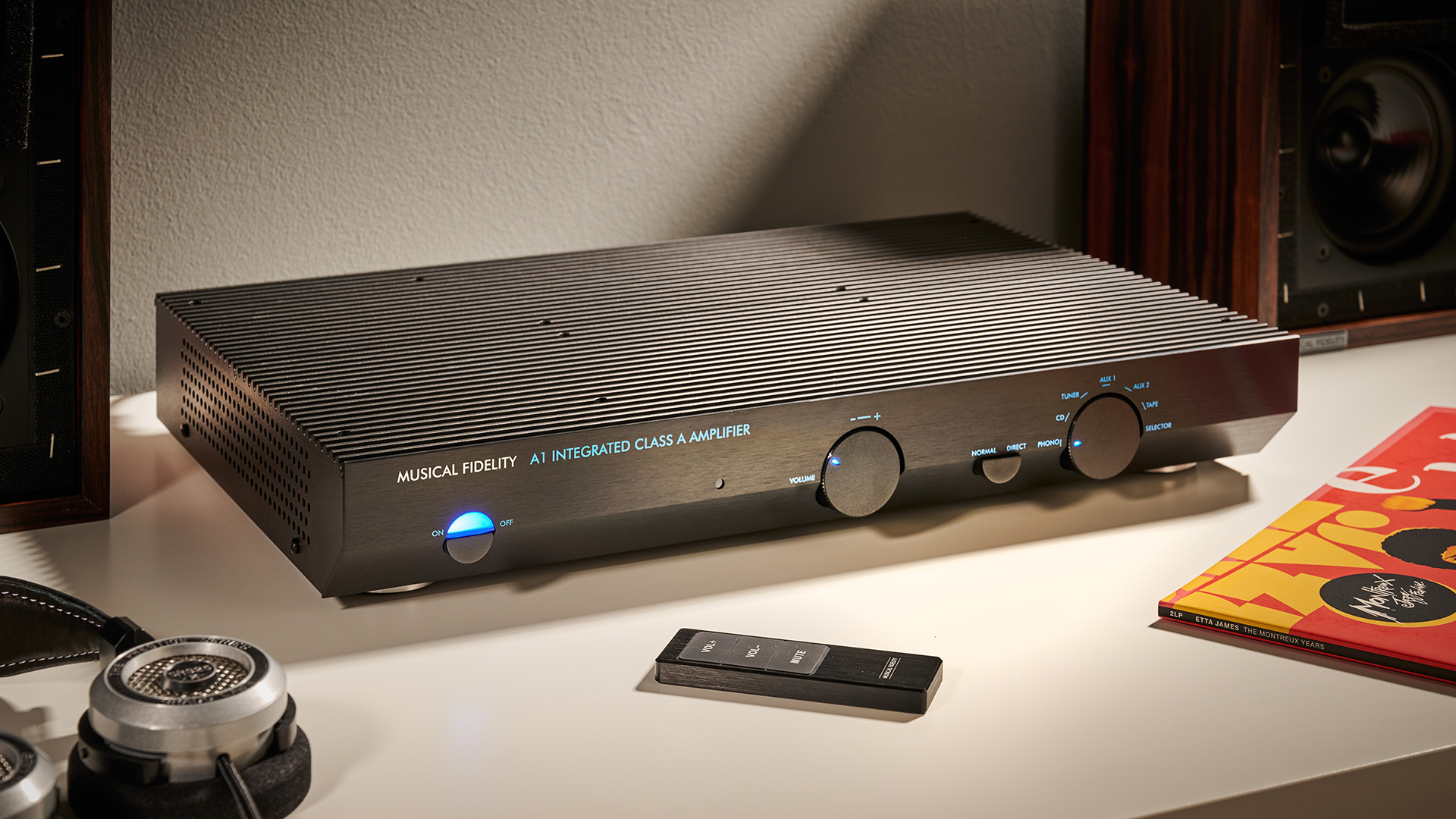
Meanwhile, the Cyrus One is nimble and lightweight, articulate and precise with timing – and all these qualities complement the Musical Fidelity speakers’ richness well. The Cyrus does an admirable job of allowing the speakers’ strengths with midrange to shine, while bringing a touch of order, nimble bass and snappy timing to the pairing.
We thought that the Naim Nait 50’s enthusiastic, dynamic and lively character would work well with the LS3/5A, but – while their retro aesthetics look lovely together – they’re a mismatch in terms of personality. The LS3/5A struggle to keep pace with the Nait's boundless energy. We thought the Rega Brio might add some much-needed muscle and power to the speakers, but it drags down the delicate, light balance of the speakers – this pairing takes away what makes the midrange/voices sound so special.
Ultimately, the pairing we liked most depended on our music tastes and the room the speakers were placed in. Our technical editor Ketan Bharadia preferred the Musical Fidelity A1 pairing for the fuller, more authoritative sound in a bigger room, while I preferred the Cyrus One partner for its speed, agility and clarity when used in a smaller room.
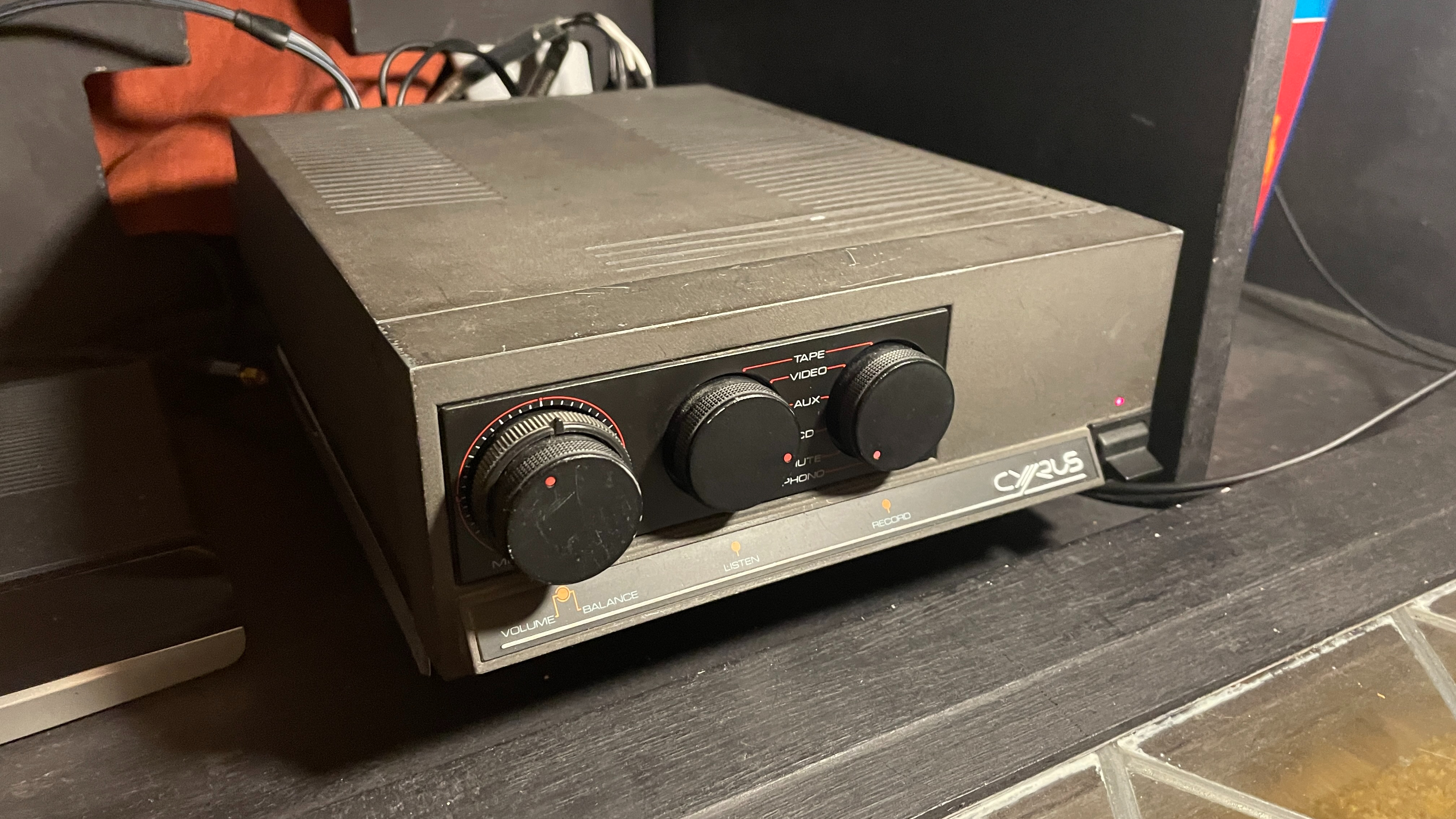
Our time with the Musical Fidelity LS3/5A speakers highlights just how important it is to match hi-fi products with the right partnering equipment – demoing and listening to different combinations to find the balance you like the most (and the compromise you’re happy to live with) will only give you a better picture of the strengths of our system.
If you have listened to any versions of the LS3/5A, do let us know what you thought about the sound, and if you own a pair, I'd love to know which amplifier you have partnered it with – let us know in the comments section below or on the forums.
Today’s small speakers are hugely capable designs that have been refined upon since the original BBC LS3/5A, but listening to the Musical Fidelity LS3/5A edition shows us exactly what it was that captured the engineers and audiophiles’ interest at the time. And despite knowing full well that there are better all-round and more accomplished speakers available now, we find the LS3/5A speakers have a particular charm that's difficult to ignore. If only they were going for cheaper retail prices (the Musical Fidelity pair costs £2349), I'd even consider buying a pair for myself...
MORE:
We asked top British hi-fi engineers for their favourite test tracks – this is what they said
That Was Then... Musical Fidelity A1 (1985)
Old amplifier vs new amplifier: does the best hi-fi stand the test of time?







